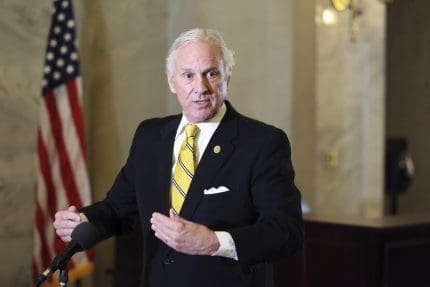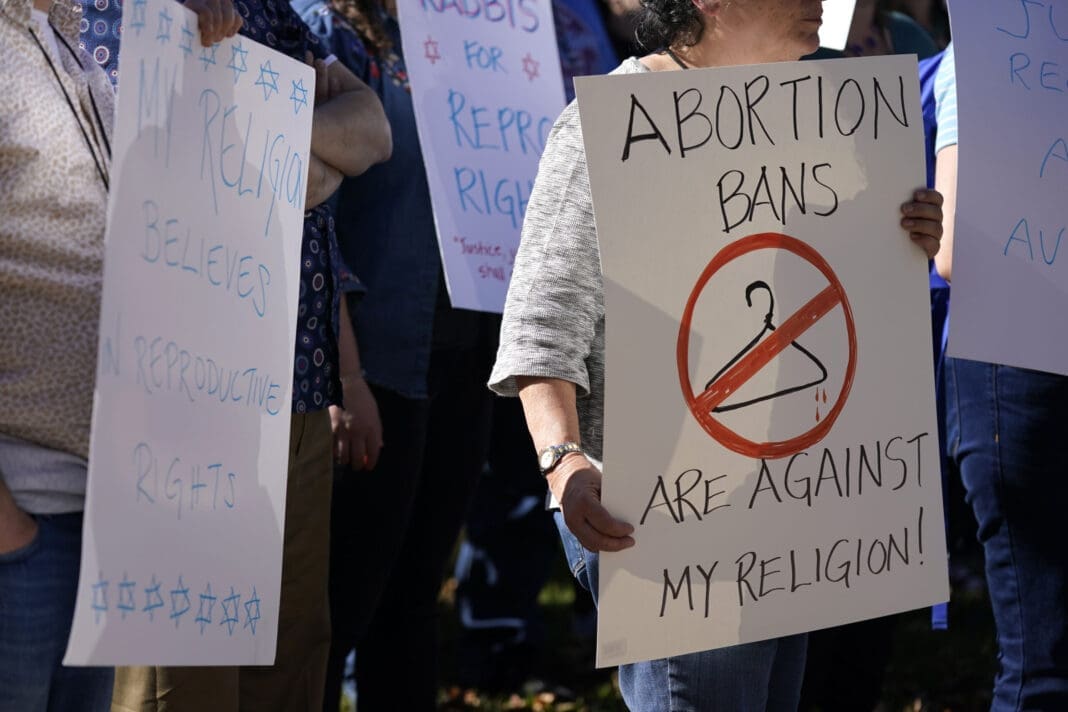Biden to start reuniting immigrant kids with their families in the US
The program could help reunite some 2,400 children with their families.

President Joe Biden is re-launching a federal immigration program that aims to reunite children from El Salvador, Honduras, and Guatemala with their family members in the United States.
The Central American Minors program would allow children and teens to apply for legal entry to the United States from their home countries. The State Department said in a statement on Wednesday that the program “provides a safe, legal, and orderly alternative to the risks incurred in the attempt to migrate to the United States irregularly.”
The children’s “first contacts with parents will begin as soon as the week of March 15,” the State Department said.
The program, which began in 2014 under former President Barack Obama, was later dismantled by the Trump administration in 2017.
Now, the Biden administration will begin to process applications filed before the program was closed, in addition to any new applications, with more updated guidance to come.
Jorge Loweree, policy director at the American Immigration Council, noted that before the program was terminated, around 2,700 children were approved and in the pipeline to come to the United States. As of last fall, approximately 2,400 children of the original 2,700 remained ready to go in the system.
Advocates like Loweree said the program presents a helpful avenue for and “meaningful tool” for immigration.
“It’s representative of a broader approach to migration and the southern border,” Loweree said. “We need to focus on creating avenues for people to actually come to the United States legally, in particular, to be reunited with families.”
The policy director said that many of these children applying to the program have been separated from their families for years, and urged officials to make it easier for them to see one another again.
Under the Obama administration, the program allowed for children to legally stay in the United States for a two-year duration, which was renewable, BuzzFeed News noted. Loweree said it’s currently unclear what length of time the Biden administration might set.
When the Central American Minors program was active, it helped reunite nearly 5,000 children with their families, according to the State Department.
“The program reflects our values as a nation and represents our continued commitment to ensure that our immigration system treats people with dignity and respect and protects the most vulnerable, especially children,” the department said.
The Biden administration’s decision to re-launch the program comes amid an increase in the number of children in border custody. Between early February and March, the number of detained children nearly tripled from 500 children to almost 2,000, bringing the total number of unaccompanied children in custody across the United States to 8,000, according to BuzzFeed News.
Roberta Jacobson, the White House’s southern border coordinator, said in a Wednesday press briefing the administration is focused on tackling the “root causes of migration” with both policy and more humanitarian aid to regions where migration flows to the United States, including those in Central America.
“On the one hand, it is clearly a resource issue. You have to greater-than-Category-Four hurricanes, Eta and Iota, within a 15-day period. You’ve got reports that suggest that literally multiple millions of people in Guatemala and Honduras are food insecure now,” she said, noting longer-term policy issues such as climate change. “Otherwise, what you see is continued cycles. Right? To break that cycle of migration sustainably, you have to work both.”
Randy Capps, director of U.S. research at the Migration Policy Institute, noted in a phone interview that the increase in people trying to cross the border and being taken into U.S. custody could be from “a lot of pent up demand because the Trump administration basically prevented anyone from crossing the border and seeking asylum during the last couple of years. They tried every way they could to thwart them.”
One of those ways included splitting up families at the border, sending children, some as young as a few months old, to “tender age” facilities and juvenile detention, where allegations of abuse, mismanagement, and neglect abounded.
The Trump administration also used the coronavirus crisis as cover to quickly deport immigrant children in large numbers, even if they had family in the United States, to places where many had previously endured violence and abuse.
Trump officials claimed they were doing so for public health reasons.
“Federal authorities have stalled the release of migrant children in the U.S. to relatives in some cases and in late-night moves are attempting to deport them with scant notice to their attorneys,” the Texas Tribune reported in May 2020. “In particular, the government seems to be focused on children who have crossed the border alone after U.S. authorities forced them and their parents to wait for months in Mexico in their bid for asylum.”
The current rise in the number of children crossing the southern border, then, is the result of an easing of draconian, inhumane immigration policies, experts say.
Jacobson explained, “Surges tend to respond to hope, and there was a significant hope for a more humane policy after four years of, you know, pent-up demand.”
Updated to correct a quote from Jorge Loweree, policy director at the American Immigration Council.
Published with permission of The American Independent Foundation.
Recommended

More than half of Republican Jay Ashcroft’s funding comes from outside Missouri
Ashcroft has criticized other campaigns for relying on out-of-state donors
By Jesse Valentine - April 25, 2024
Battleground GOP candidates rally around Trump’s tax cuts for the rich
Even Larry Hogan, a Trump critic, supports the former president’s tax policy.
By Jesse Valentine - April 12, 2024
A deleted tweet and a fundraising plea: Mike Rogers bends the knee to Trump
Trump endorsed Rogers’ U.S. Senate campaign on March 12
By Jesse Valentine - March 20, 2024














































































